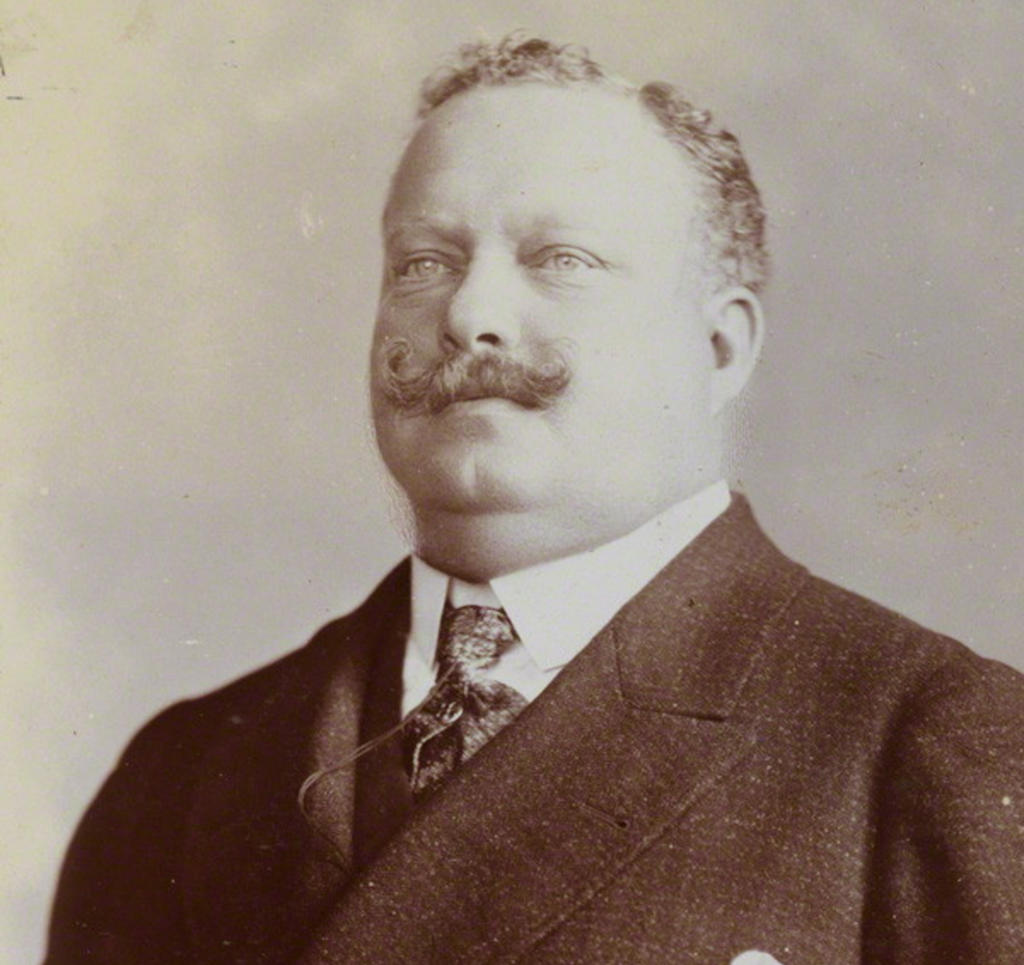King John VI of Portugal (1816-1826):
John VI ascended to the throne during a time of great upheaval, as Portugal faced French invasions and political instability. He temporarily moved the royal court to Brazil, marking a crucial period known as the "Rio de Janeiro Royal Court." John VI worked to modernize Portugal and its colonies, but his reign was marred by economic difficulties and political conflicts.Carlota Joaquina of Spain, Queen of Portugal (1816-1826):
Doña Carlota Joaquina Teresa Cayetana of Spain (25 April 1775 – 7 January 1830) was the Queen of Portugal and Brazil as the wife of King Dom John VI. Born to King Don Charles IV of Spain and Maria Luisa of Parma, Carlota Joaquina faced animosity from the Portuguese court, earning her the nickname "the Shrew of Queluz." Accused of promiscuity and accused of influencing her husband in favor of Spanish interests, she conspired against him, aiming to establish a regency and usurp the Spanish crown. Confined to the Royal Palace of Queluz, she died alone and abandoned by her children in 1830.Queen Maria II of Portugal (1826-1853):
Maria II became queen regnant at a young age, and her reign was marked by political instability and competing factions vying for power. She faced several uprisings and conflicts, including the Liberal Wars, which sought to establish a constitutional monarchy. Maria II's reign saw the implementation of several political reforms and the consolidation of constitutional rule.King Ferdinand II of Portugal (1837-1853):
Ferdinand II, husband of Queen Maria II, played a significant role in Portuguese cultural and artistic life. He was an avid patron of the arts, contributing to the development of architecture, gardens, and the preservation of historical heritage. Ferdinand II's influence can be seen in the construction of iconic landmarks such as the Pena Palace.King Peter V of Portugal (1853-1861):
Peter V, known as "the Hopeful," ascended to the throne at the age of 16. His reign was marked by a commitment to progressive policies, educational reforms, and modernization. Pedro V was deeply loved by the Portuguese people, and his premature death at the age of 24 was mourned throughout the nation.Stephanie of Hohenzollern-Sigmaringen, Queen of Portugal (1858-1859):
Stephanie Josepha Friederike Wilhelmine Antonia of Hohenzollern-Sigmaringen (Portuguese: Estefânia; 15 July 1837 – 17 July 1859) became the Queen of Portugal upon her marriage to King Peter V on 18 May 1858. Tragically, her reign was cut short as she passed away the following year.Lisbon.vip Recommends
King Luís I of Portugal (1861-1889):
Luís I faced the challenges of a changing political landscape, including growing republican sentiments. Despite political tensions, his reign witnessed advancements in infrastructure, industry, and the expansion of Portugal's colonial territories. Luís I also promoted cultural initiatives and fostered a spirit of scientific exploration.Maria Pia of Savoy, Queen of Portugal (1862-1889):
Dona Maria Pia (16 October 1847 – 5 July 1911), born an Italian princess of the House of Savoy, became the Queen of Portugal through her marriage to King Luís I. Blessed by Pope Pius IX with a Golden Rose on her baptism day, Maria Pia wed Luís on 6 October 1862 in Lisbon. As the grand mistress of the Order of Saint Isabel, she was the third queen from the House of Savoy to sit on the Portuguese throne, following Mafalda and Marie-Françoise of Savoy-Nemours.King Carlos I of Portugal (1889-1908):
Carlos I inherited a nation grappling with political unrest and economic challenges. His reign was marked by efforts to strengthen Portugal's international alliances and navigate the changing European landscape. Tragically, Carlos I and his heir, Crown Prince Luís Filipe, were assassinated in 1908, leading to a significant shift in Portuguese politics.Amélie of Orléans, The Last Queen of Portugal (1889-1908):
Dona Maria Amélia (French: Marie Amélie Louise Hélène; 28 September 1865 – 25 October 1951) held the title of the last Queen consort of Portugal through her marriage to Carlos I of Portugal. During her husband's absence in 1895, she served as regent of Portugal, assuming the responsibilities of governing the nation.The monarchs of Portugal in the 19th century presided over a period of transition, turmoil, and transformation. From John VI's struggle against French invasions to the reign of Maria II and the Liberal Wars, each monarch faced unique challenges. Despite the political uncertainties, they contributed to Portugal's modernization, cultural development, and colonial expansion. The 19th century marked a turning point in Portugal's history, setting the stage for the profound changes that would shape the nation in the years to come.



